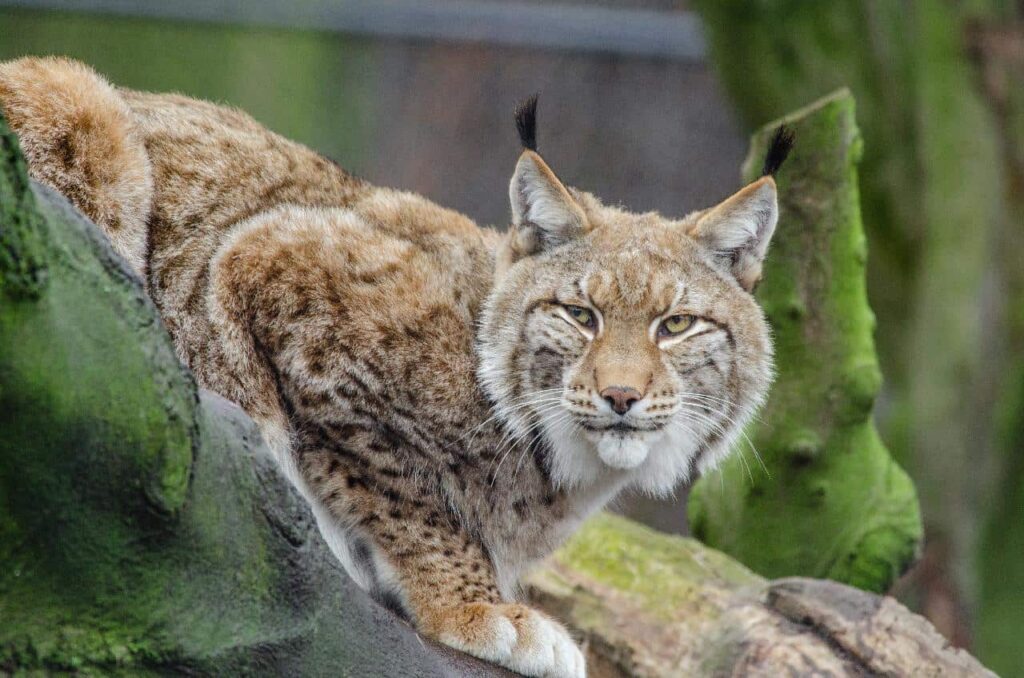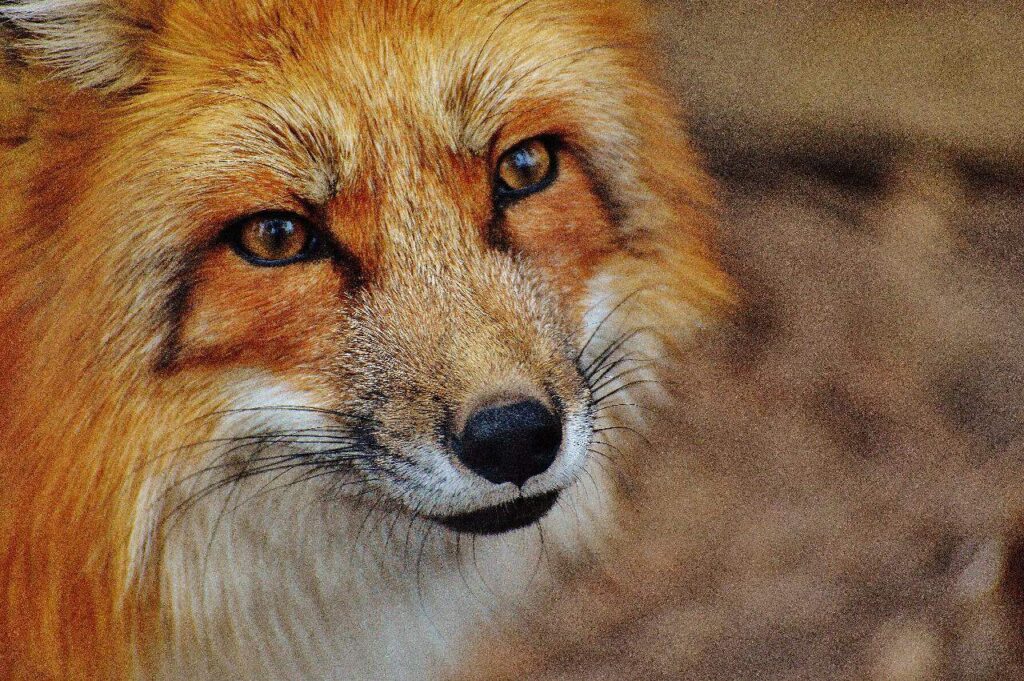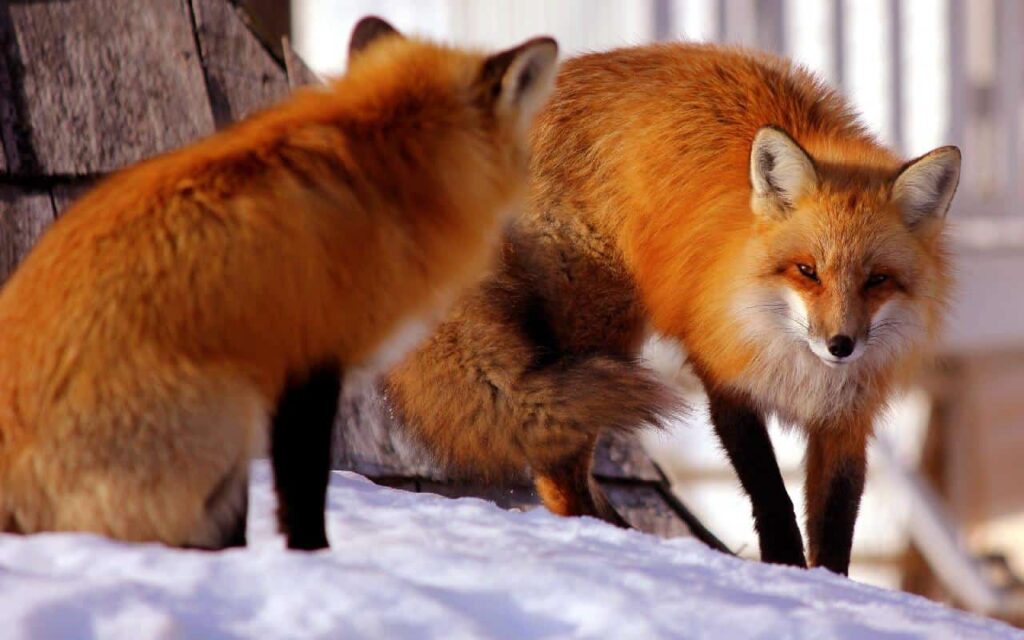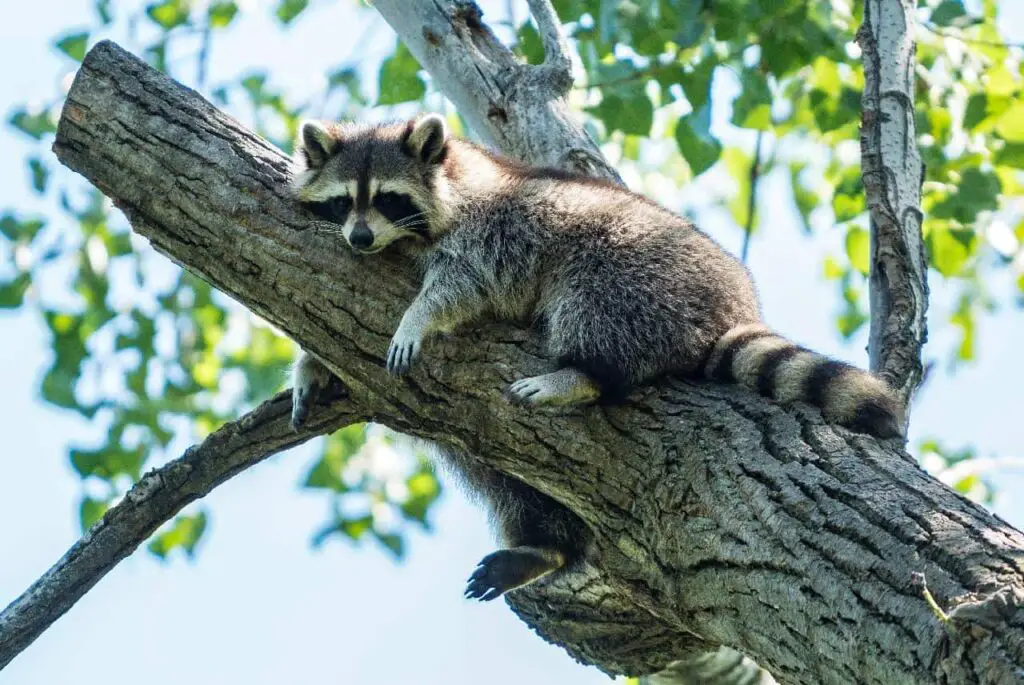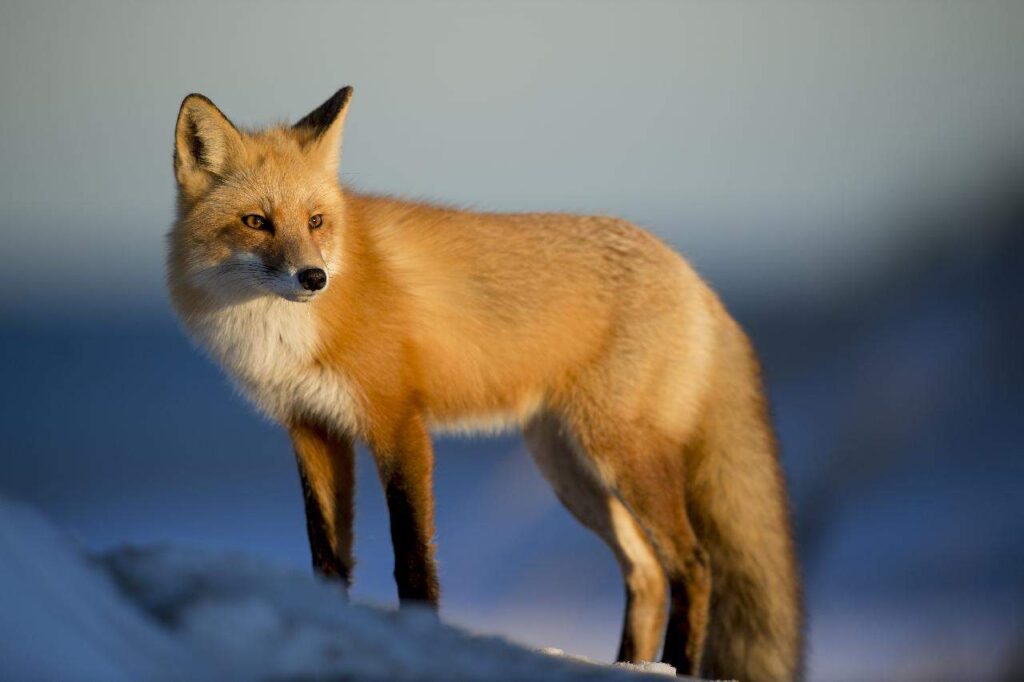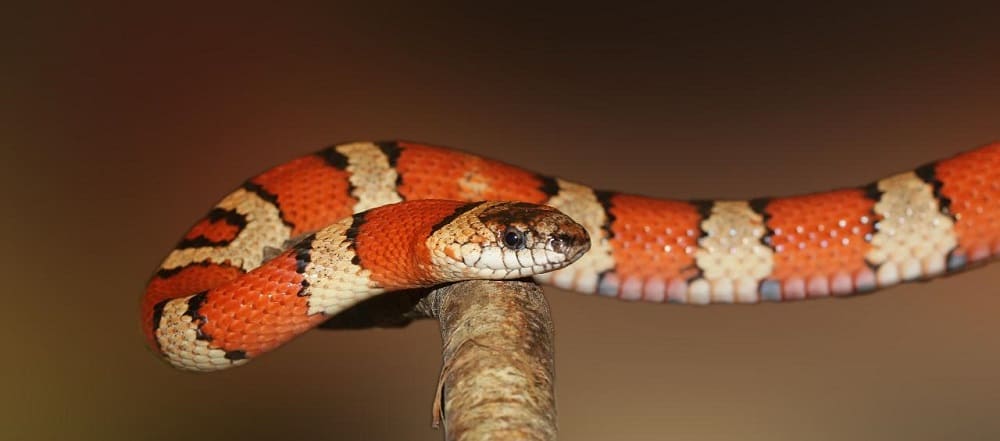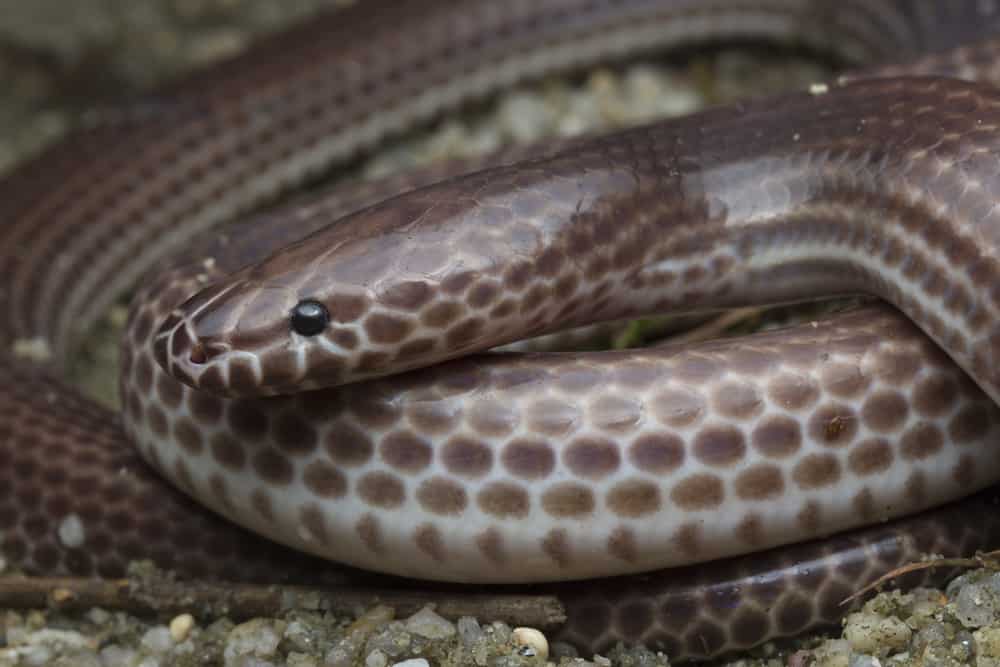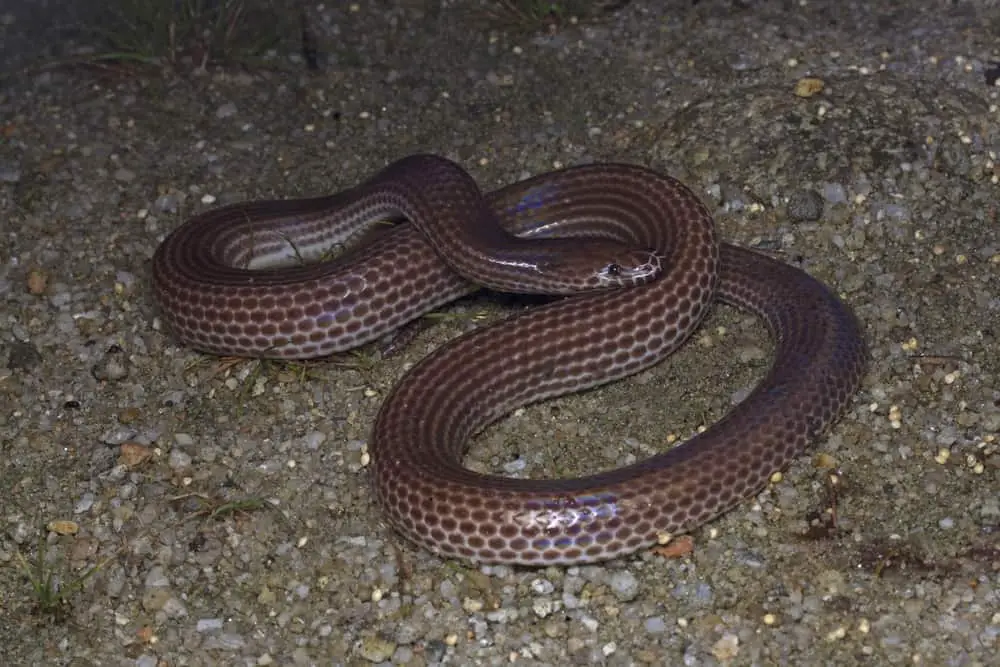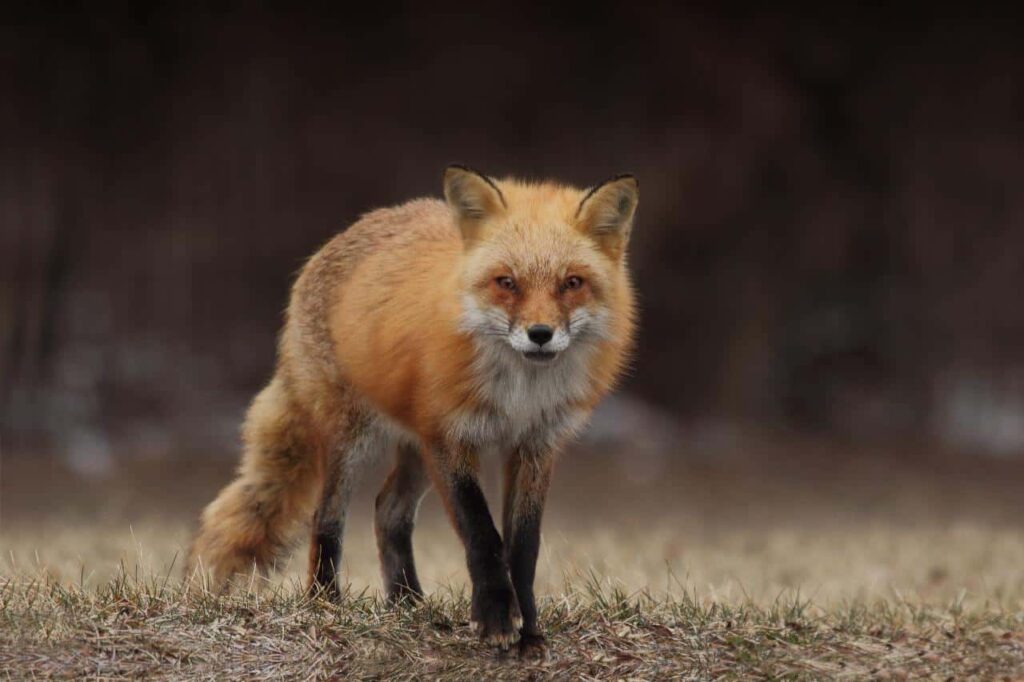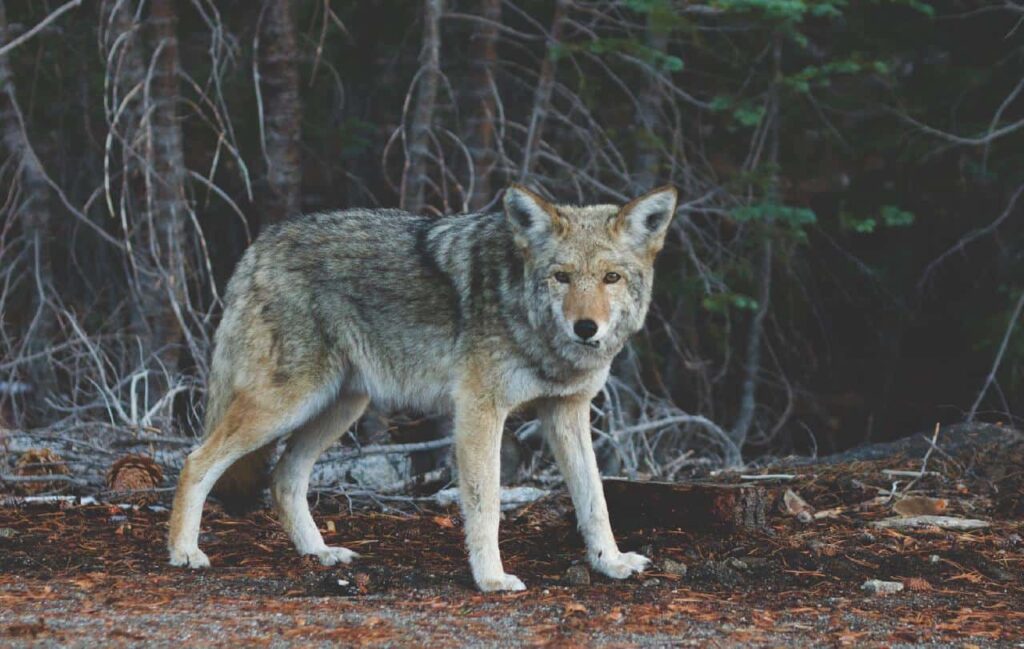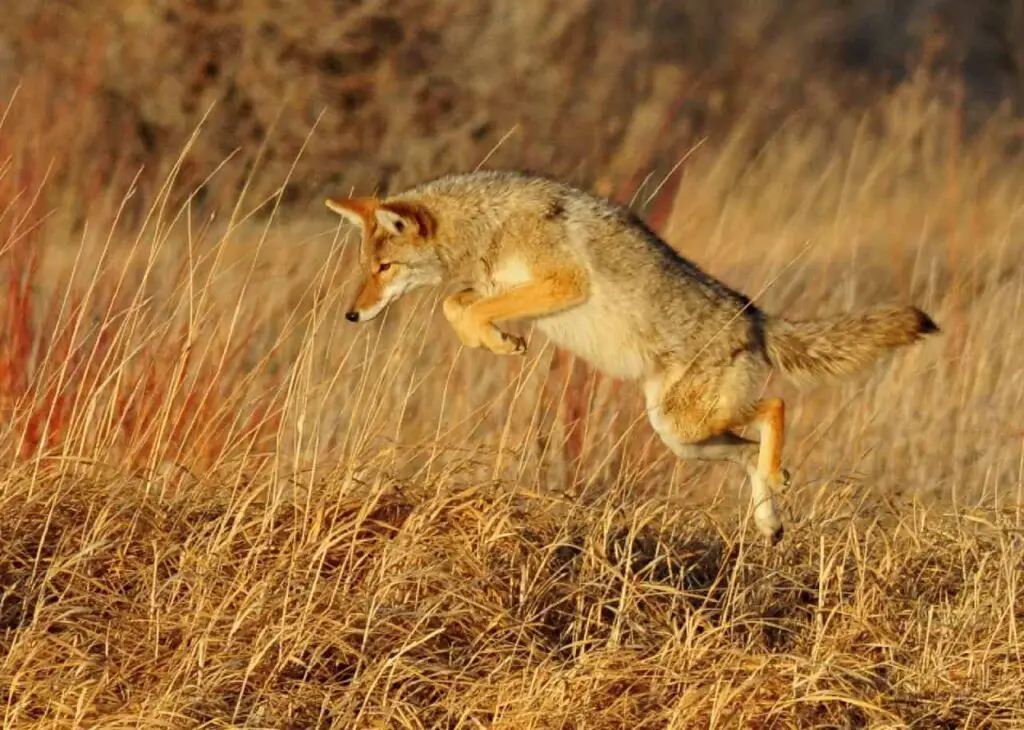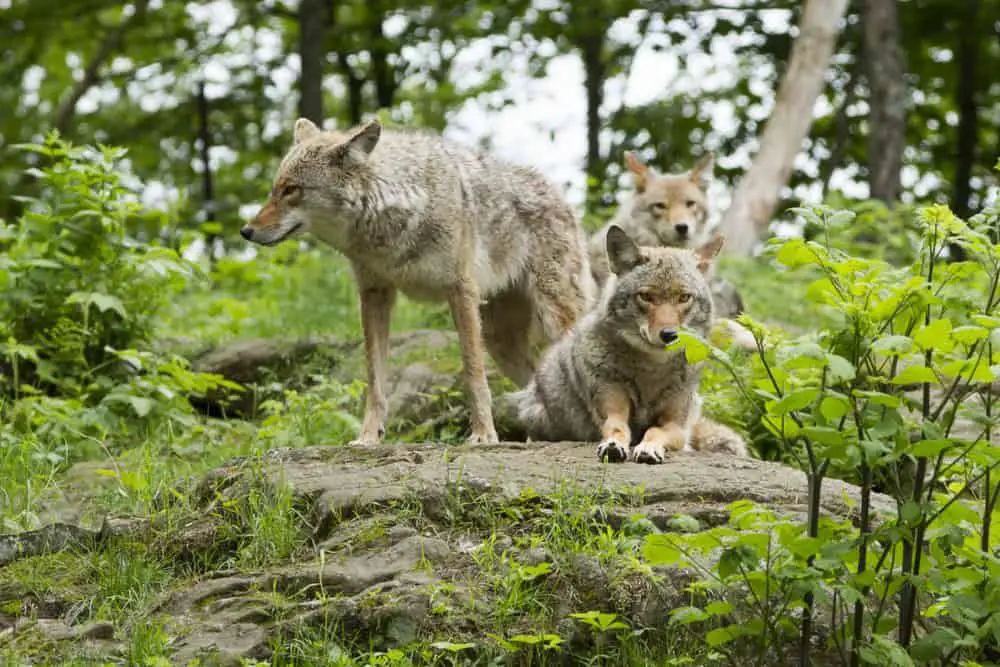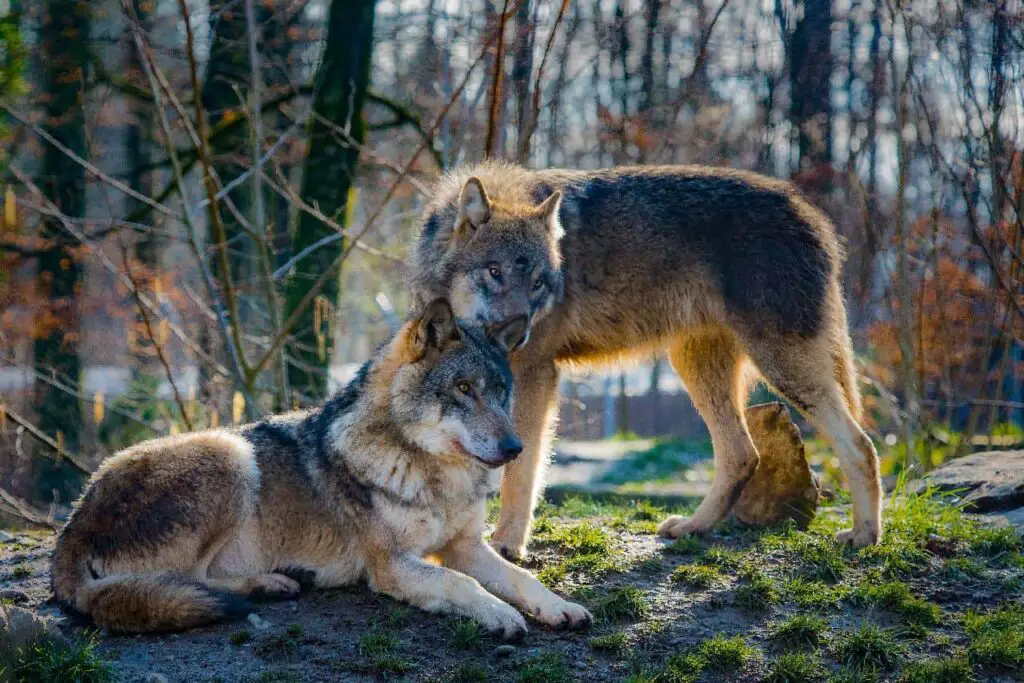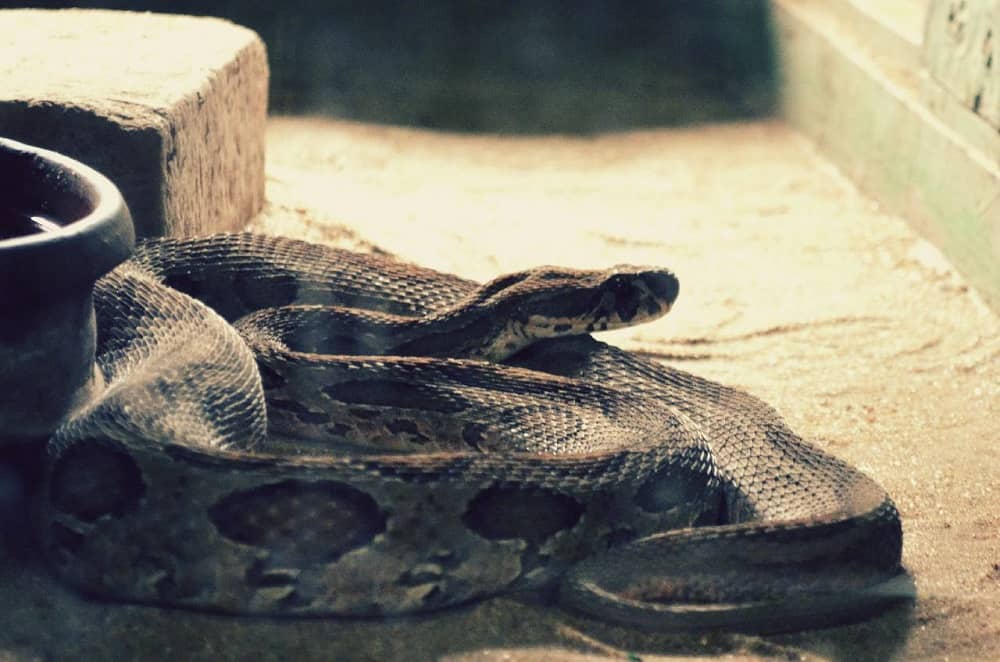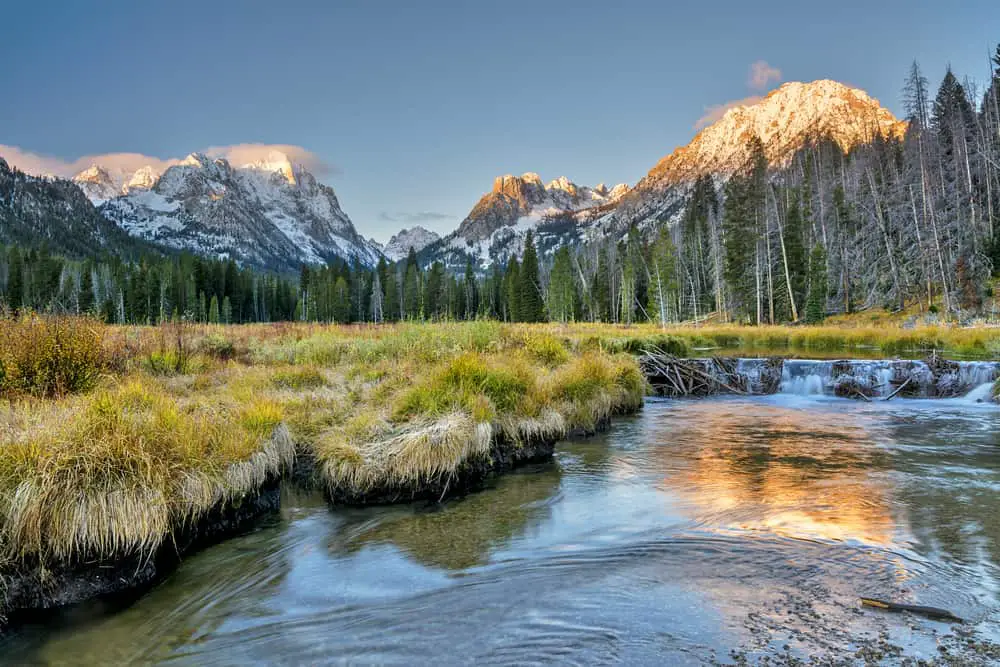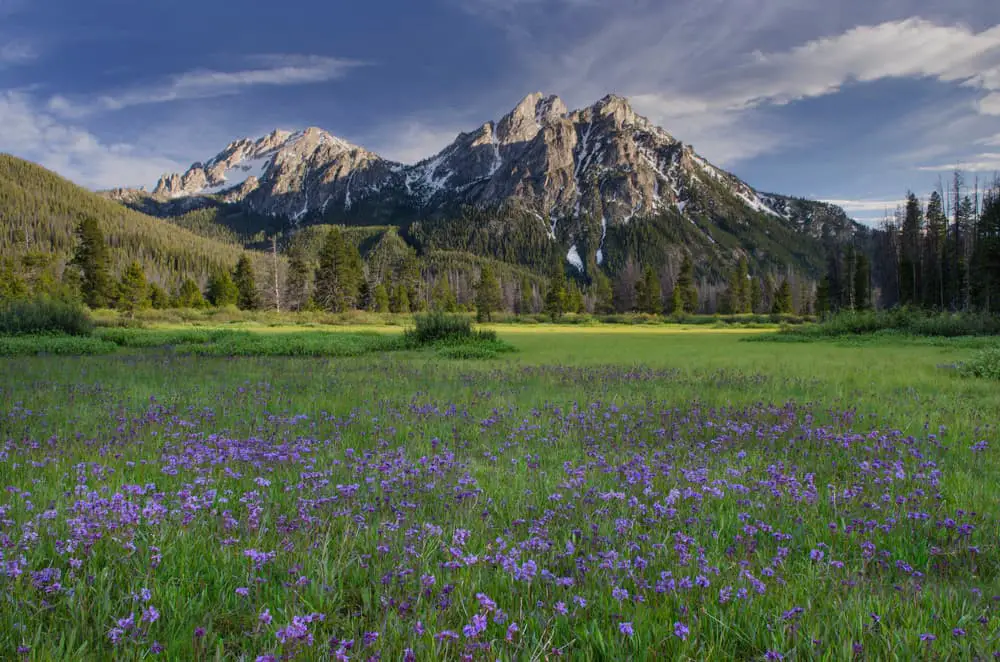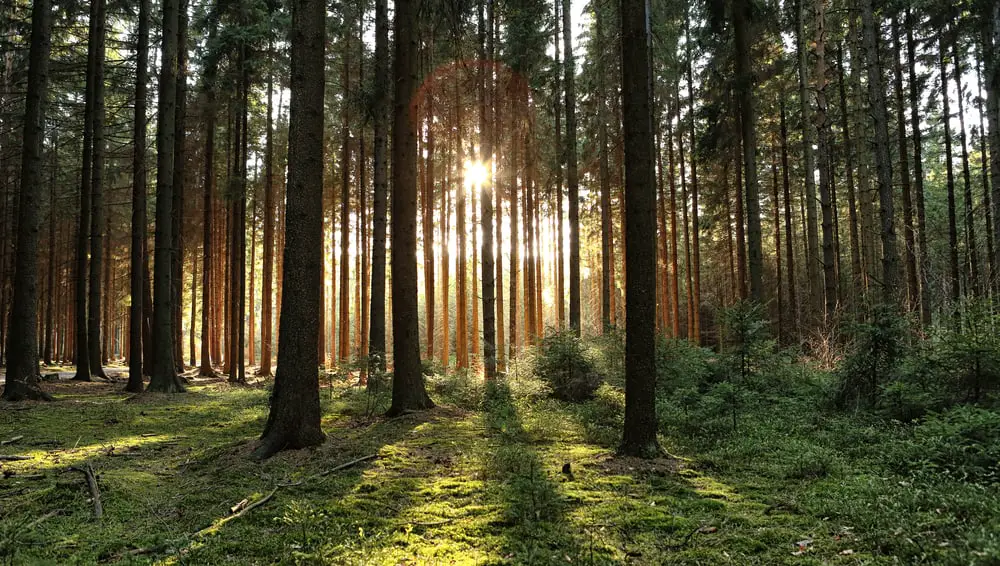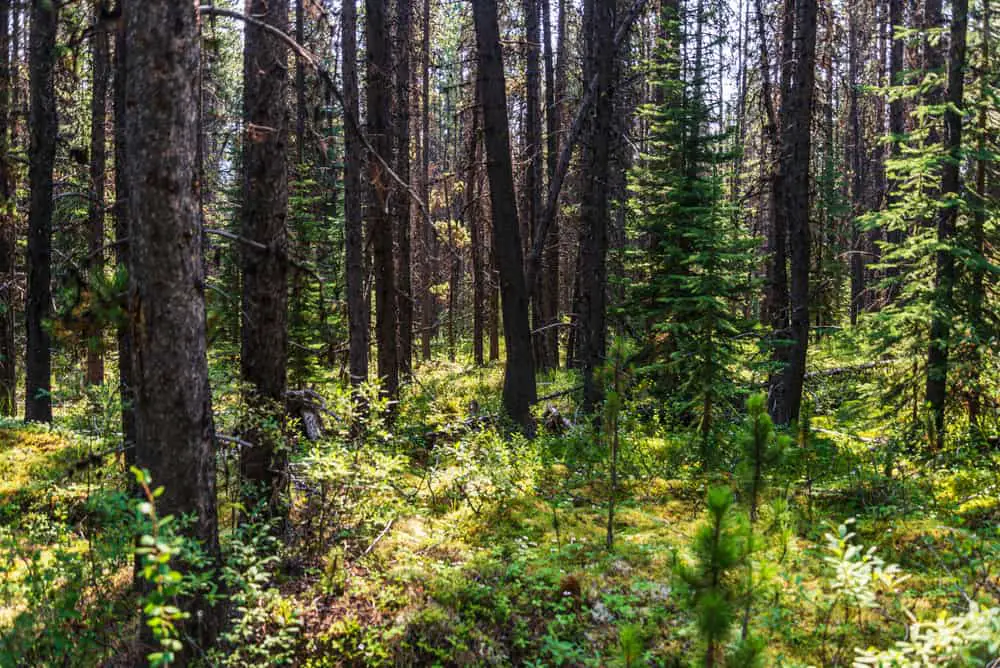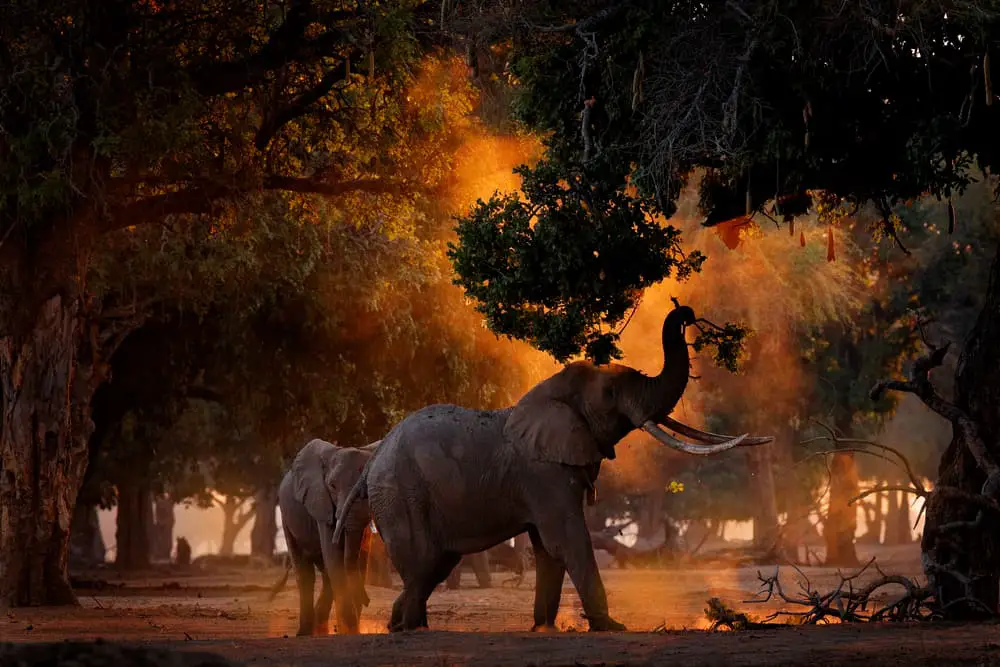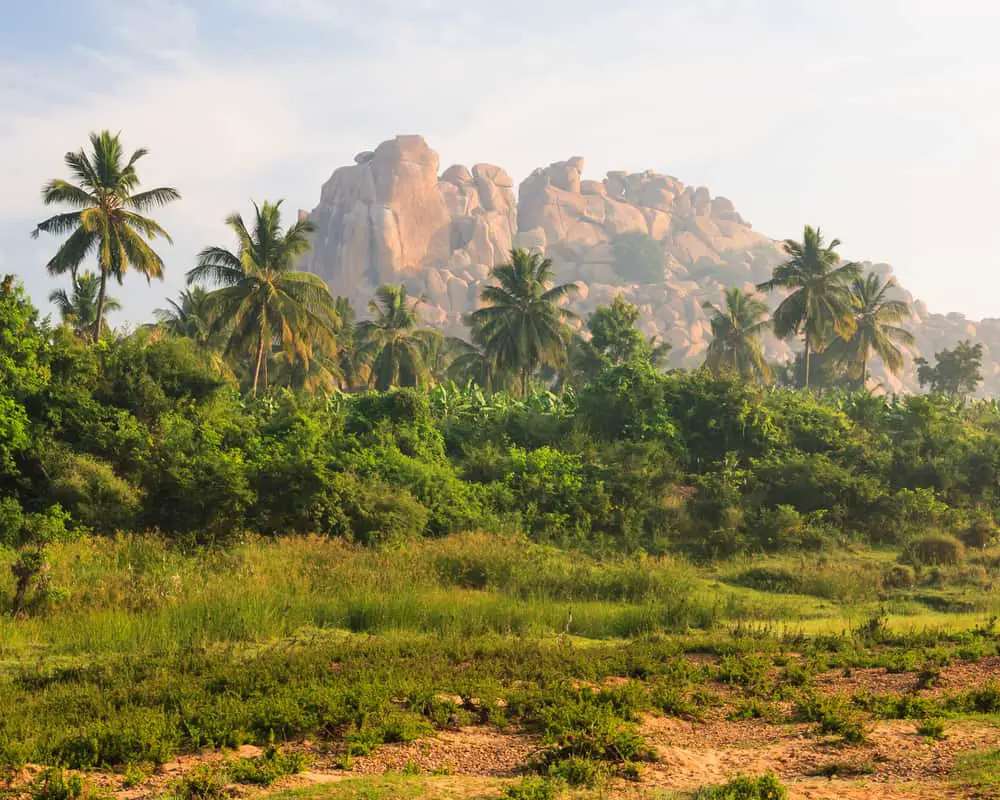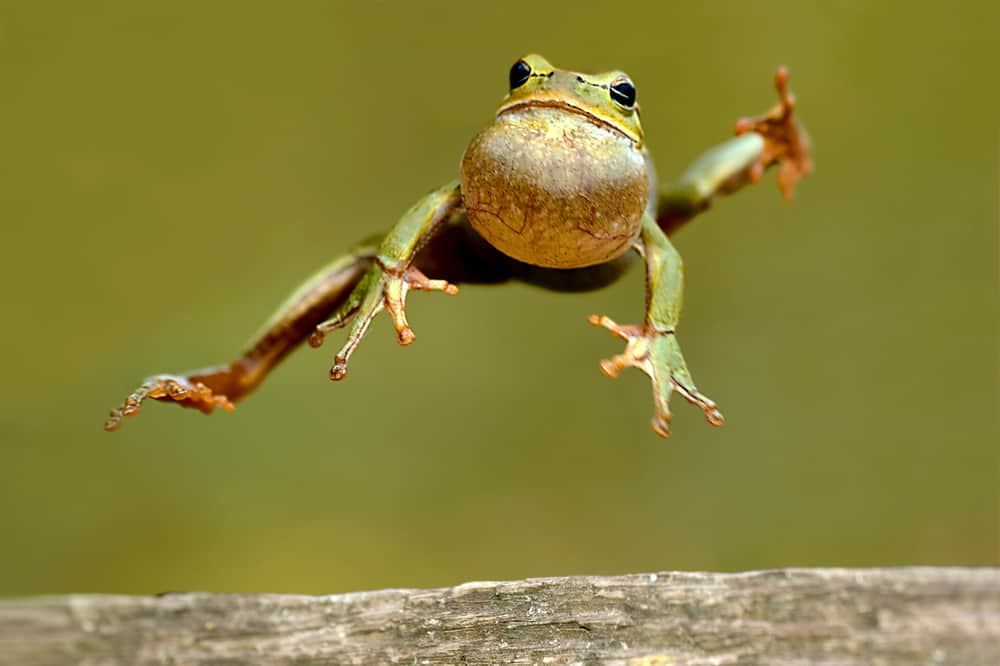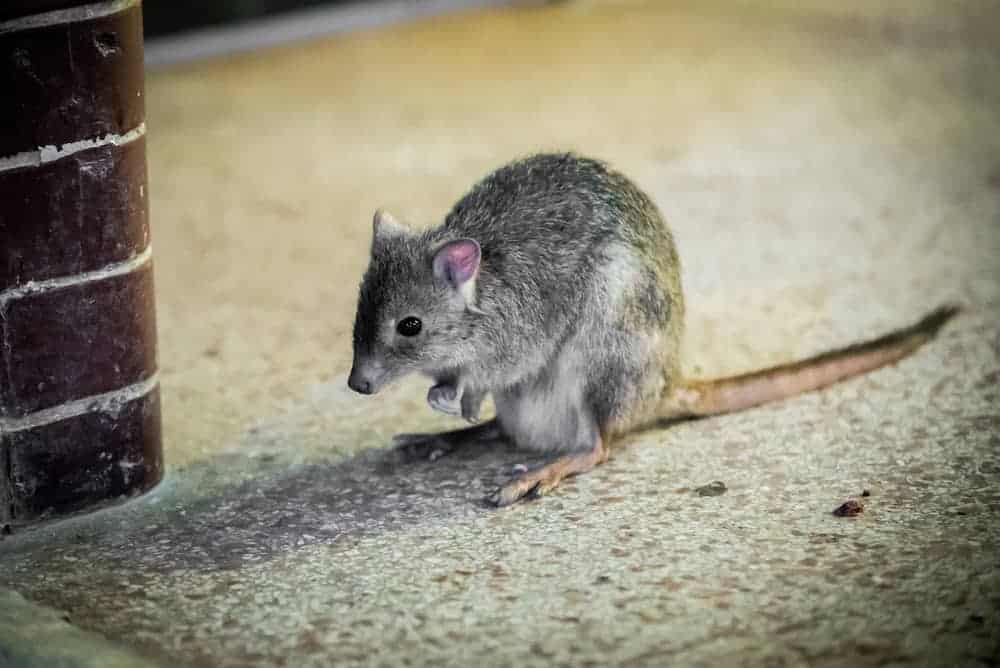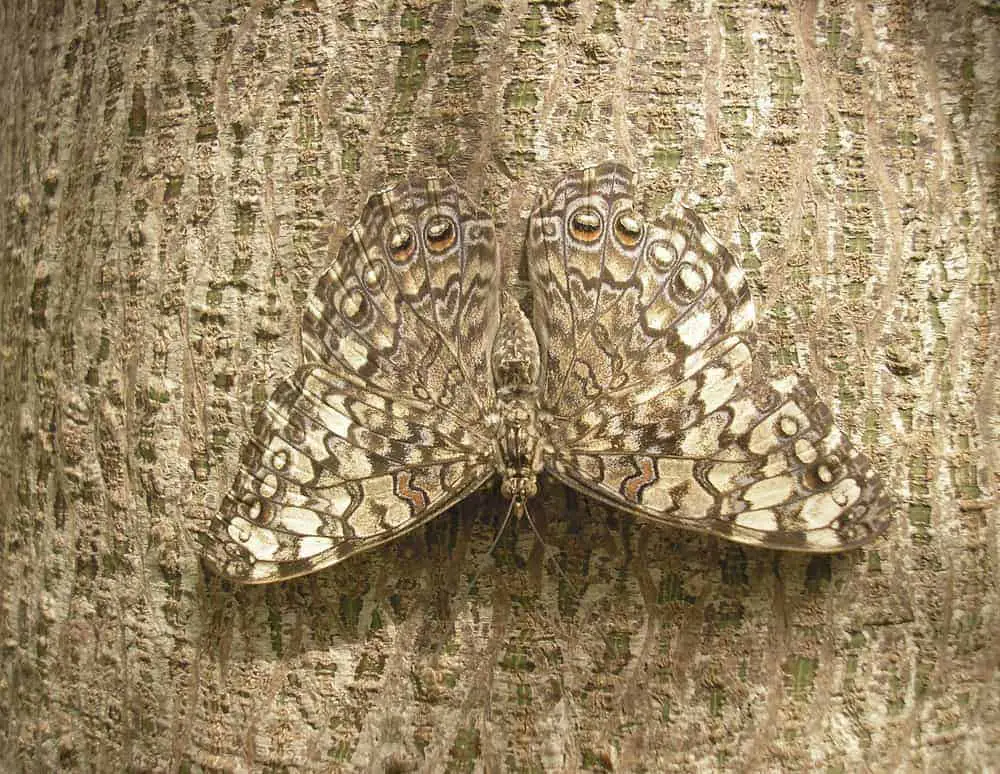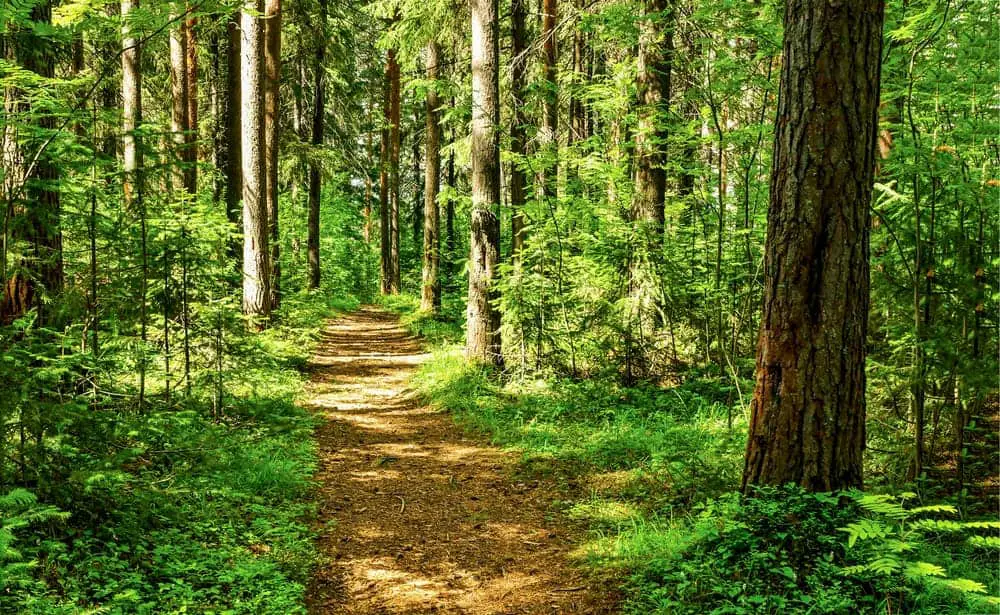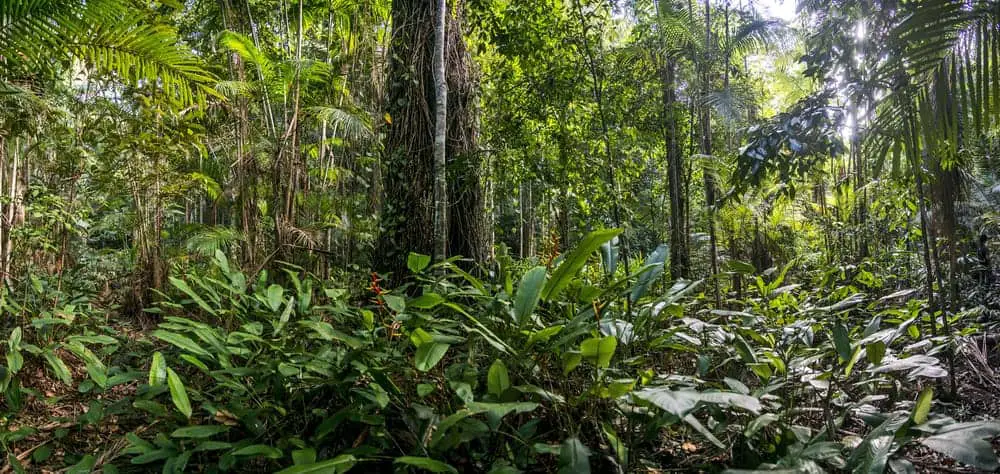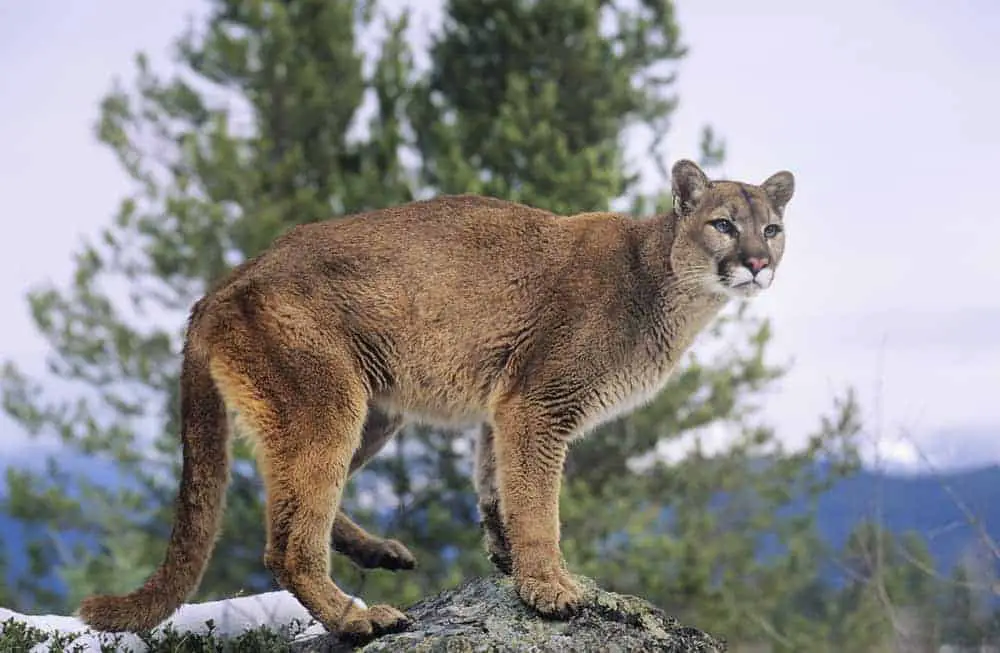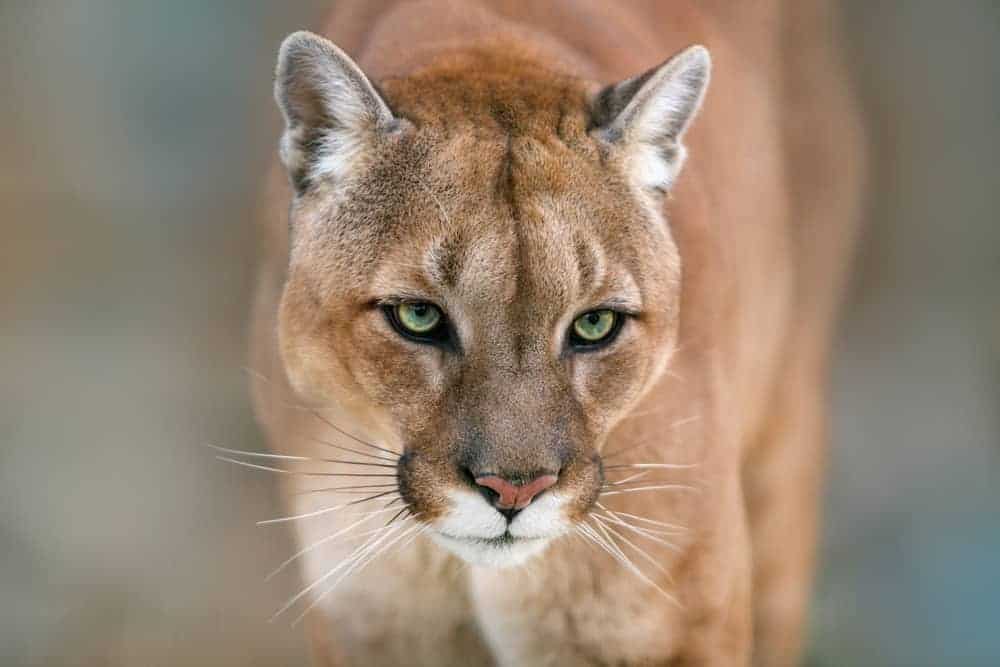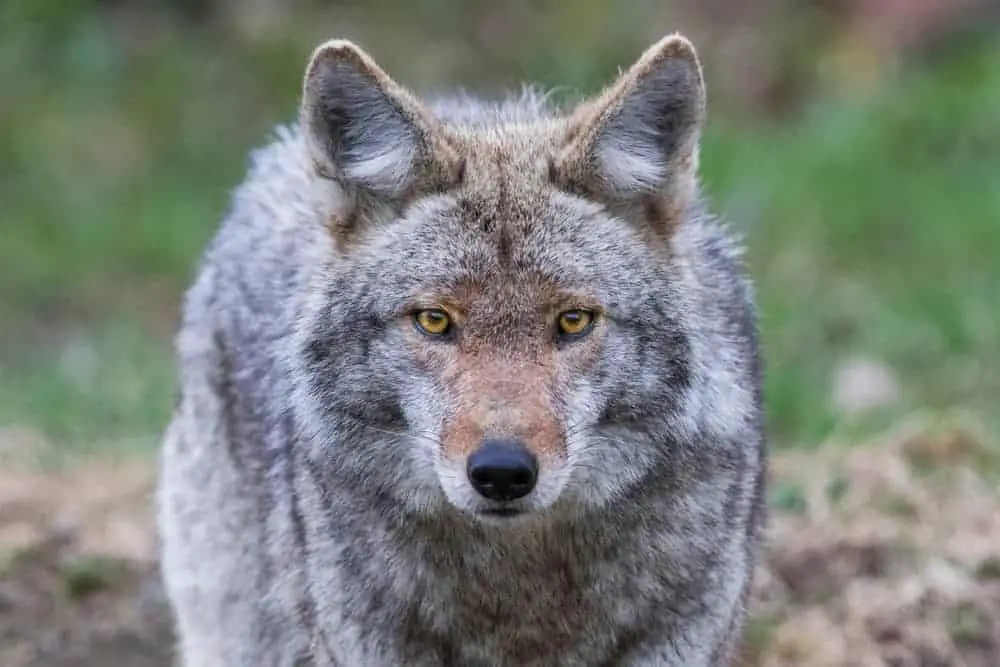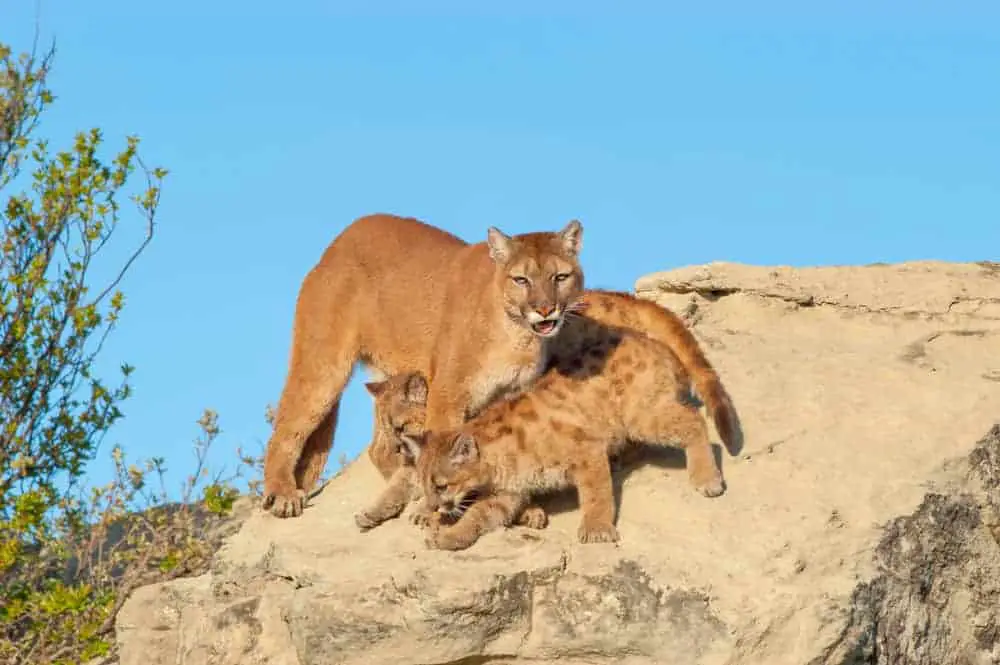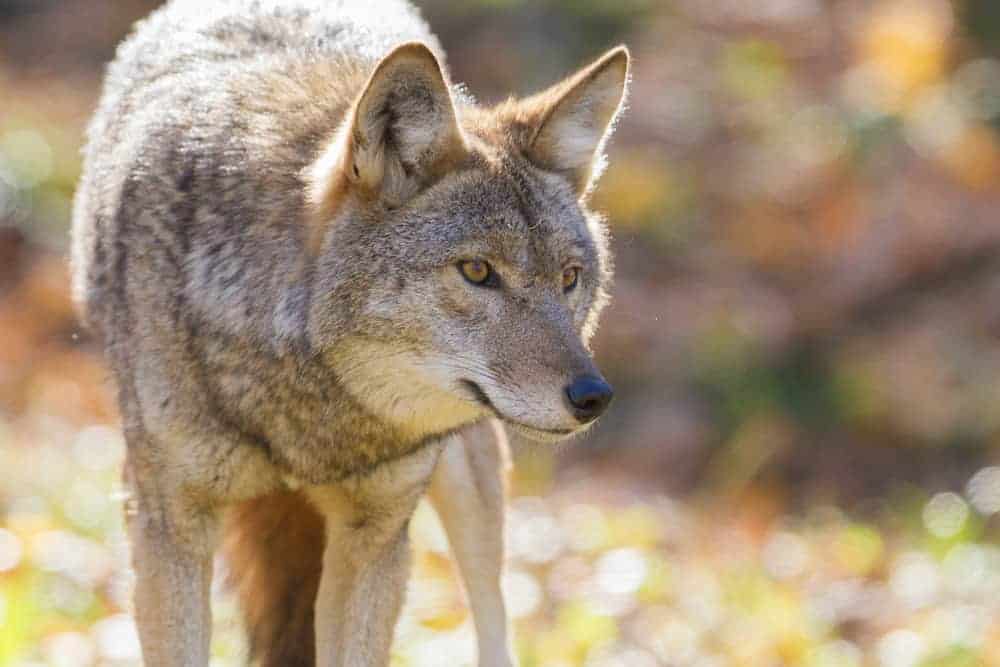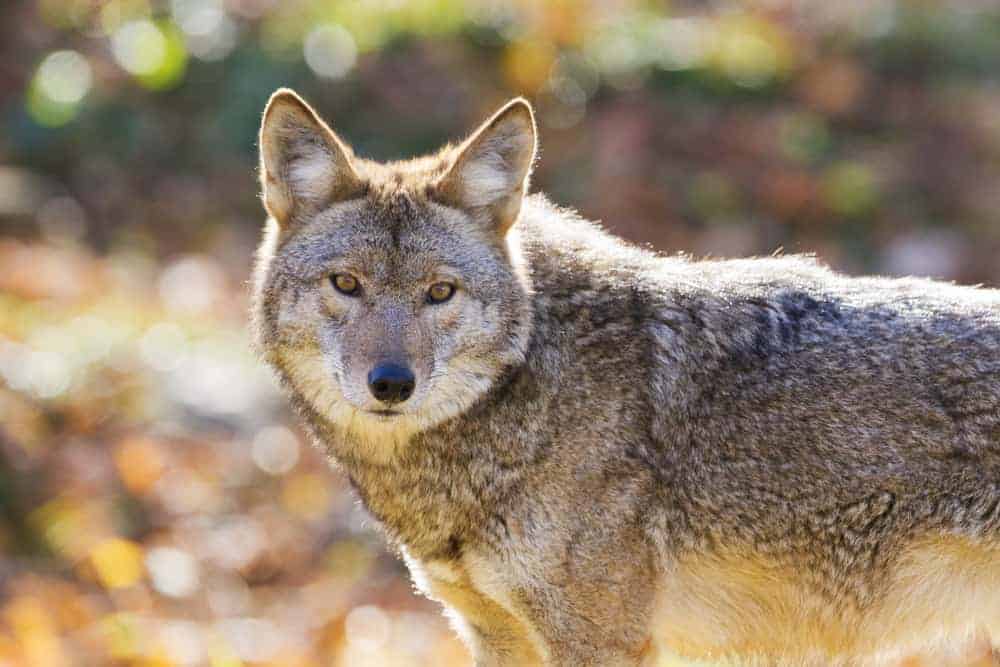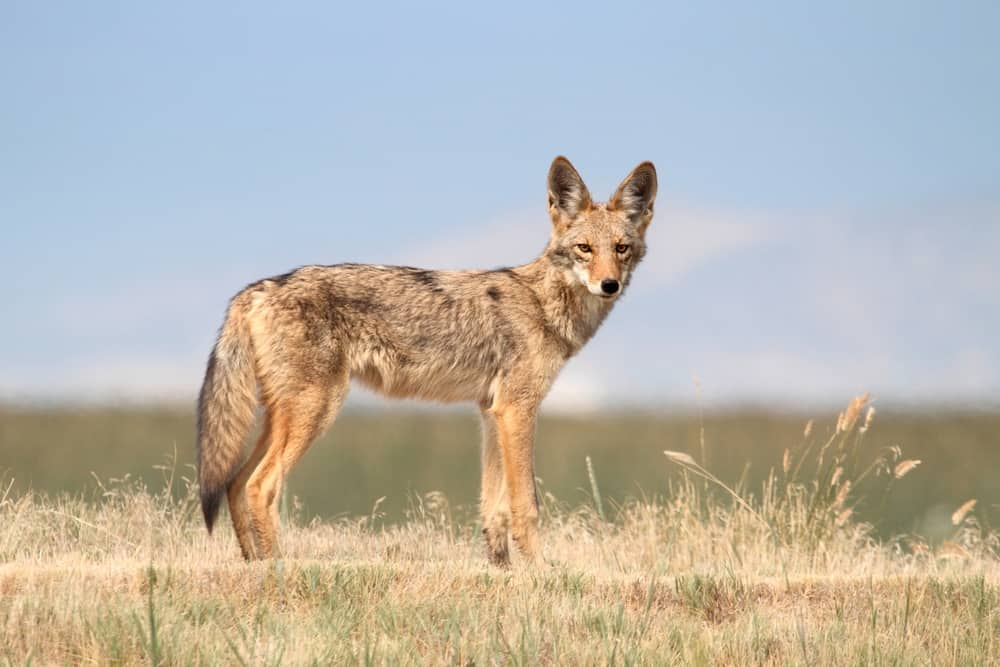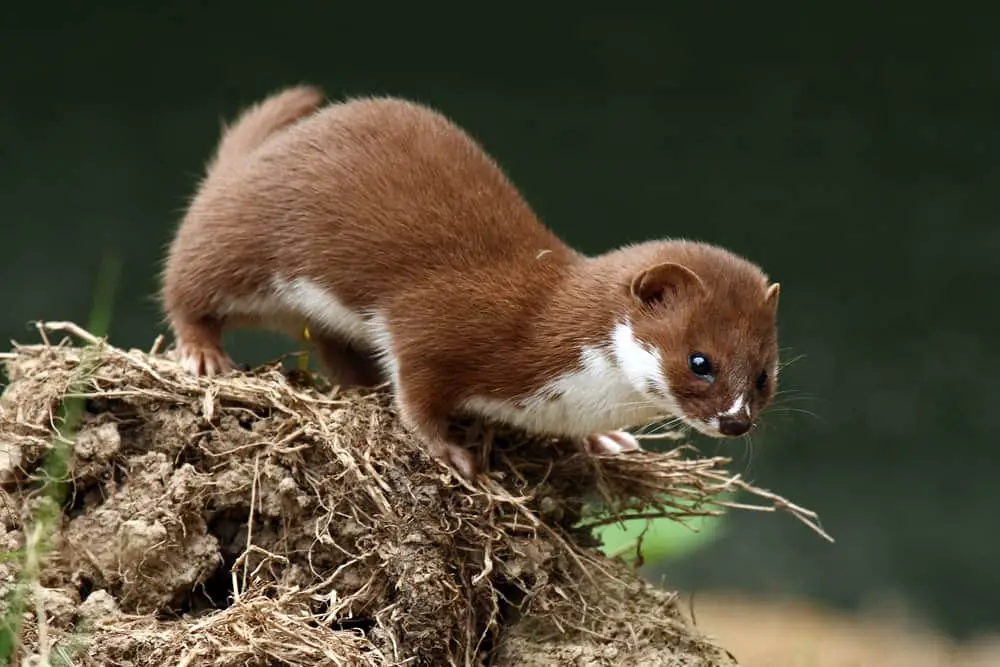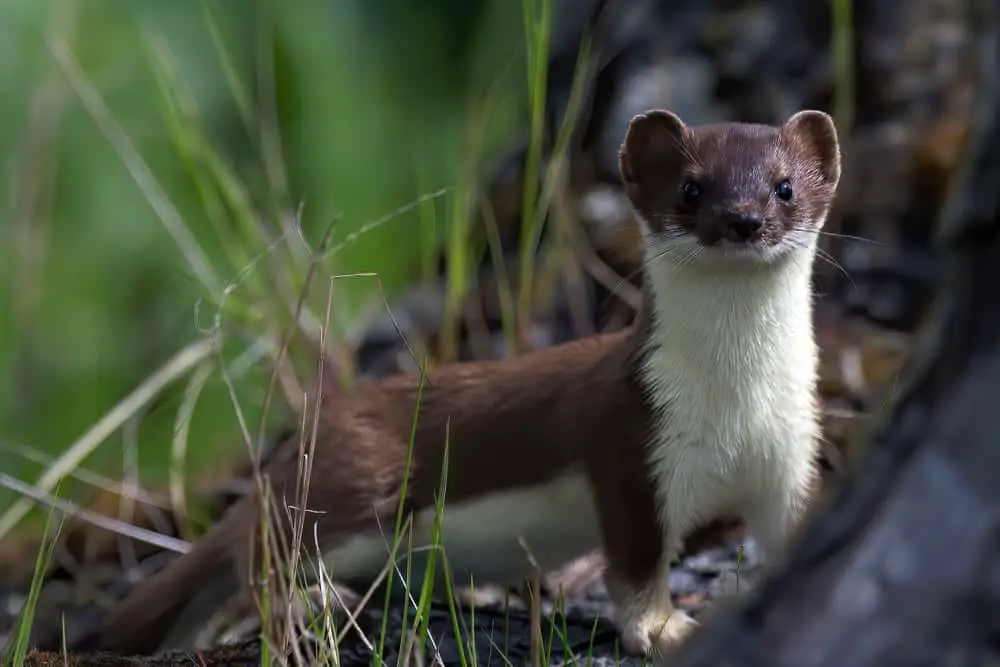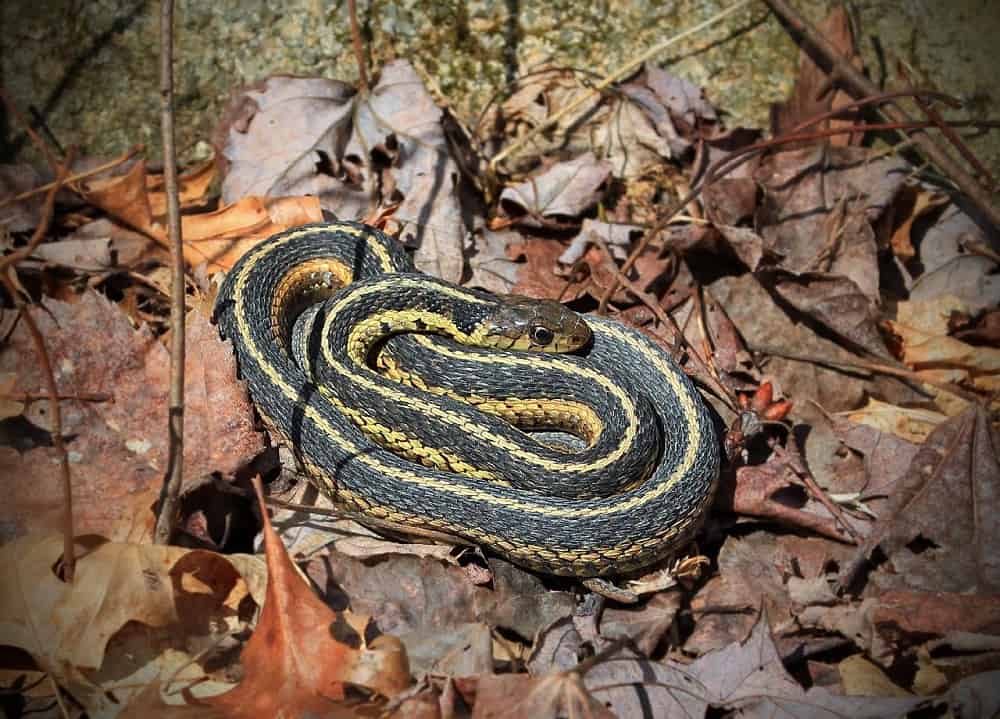
Garter snakes are common snakes found in gardens and backyards throughout the United States. When you find one of these snakes in your garden, how do you identify them? In this post, we list all the types of Garter snakes.
Thirty-five species of Garter snakes are found in North America, Quebec, Southern Ontario, and the Gulf of Mexico. They are the Common, Sierra, Butler’s, Santa Cruz, Mexican, Western Terrestrial, Short-headed, Bogert’s, Goldman’s, Checkered, Plains, and Northwestern Garter snakes, to name a few.
Garter snakes are intriguing and a vital part of the ecosystem. If you want to know how many species exist, look no further; they are all listed here.
The 35 Types of Garter Snakes
- Bogert’s Garter Snake – Thamnophis bogerti
- Santa Cruz Garter Snake – Thamnophis atratus
- Butler’s Garter Snake – Thamnophis butleri
- Common Garter Snake – Thamnophis sirtalis
- Short-headed Garter Snake – Thamnophis brachystoma
- Conant’s Garter Snake – Thamnophis conanti
- Golden-headed Garter Snake – Thamnophis chrysocephalus
- Black-necked Garter Snake – Thamnophis cyrtopsis
- Western Terrestrial Garter Snake – Thamnophis elegans
- Sierra Garter Snake – Thamnophis couchii
- Mexican Garter Snake – Thamnophis eques
- Exiled Garter Snake – Thamnophis exsul
- Mexican Wandering Garter Snake – Thamnophis errans
- Giant Garter Snake – Thamnophis gigas
- Mesoamerican Highlands Garter Snake – Thamnophis fulvus
- Godman’s Garter Snake – Thamnophis godmani
- Sumichrast’s Garter Snake – Thamnophis sumichrasti
- Two-striped Garter Snake – Thamnophis hammondii
- Checkered Garter Snake – Thamnophis marcianus
- Liner’s Garter Snake – Thamnophis lineri
- Plains Garter Snake – Thamnophis radix
- Madrean Narrow-headed Garter Snake – Thamnophis unilabialis
- Tamaulipan Montane Garter Snake – Thamnophis mendax
- Mexican Alpine Blotched Garter Snake – Thamnophis scalaris
- Southern Durango Spotted Garter Snake – Thamnophis nigronuchalis
- Tepalcatepec Valley Garter Snake – Thamnophis postremus
- Northwestern Garter Snake – Thamnophis ordinoides
- Western Ribbon Snake – Thamnophis proximus
- Rossman’s Garter Snake – Thamnophis rossmani
- Eastern Ribbon Snake – Thamnophis sauritus
- Mesa Central Blotched Garter Snake – Thamnophis scaliger
- Narrow-headed Garter Snake – Thamnophis rufipunctatus
- Mexican Pacific Lowlands Garter Snake – Thamnophis validus
- Mexican Black-bellied Garter Snake – Thamnophis melanogaster
- Yellow-throated Garter Snake – Thamnophis pulchrilatus
